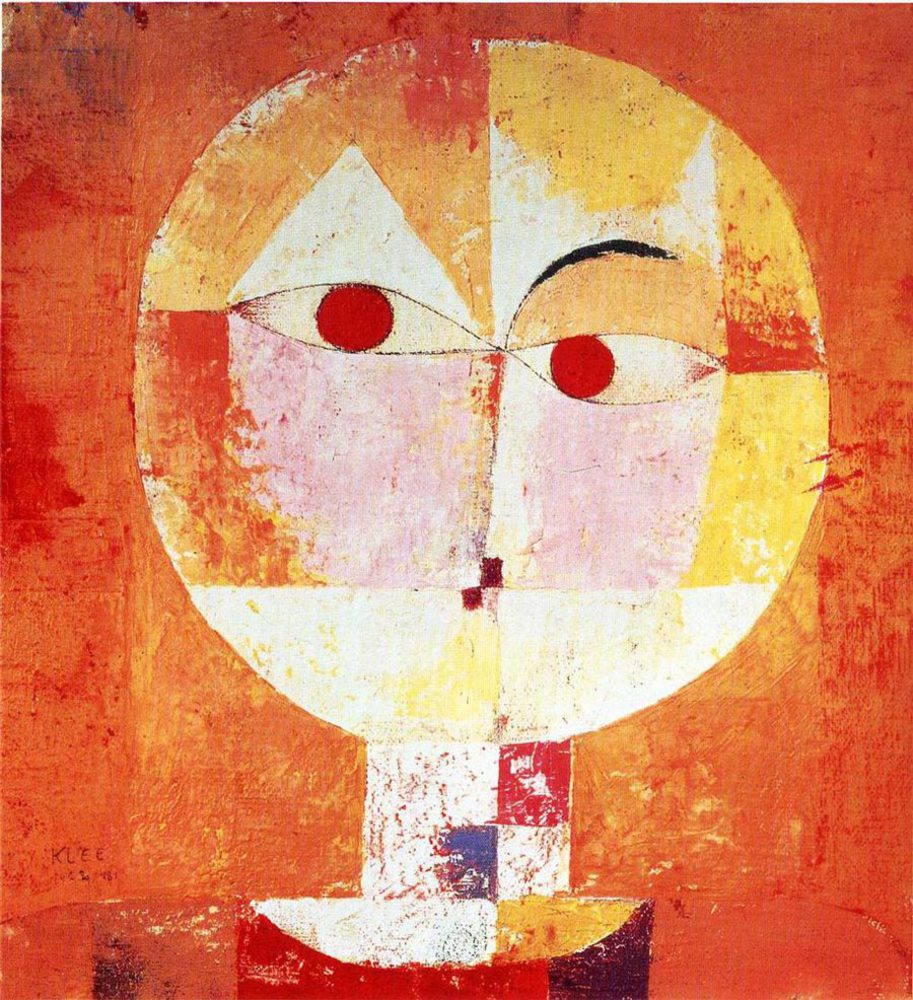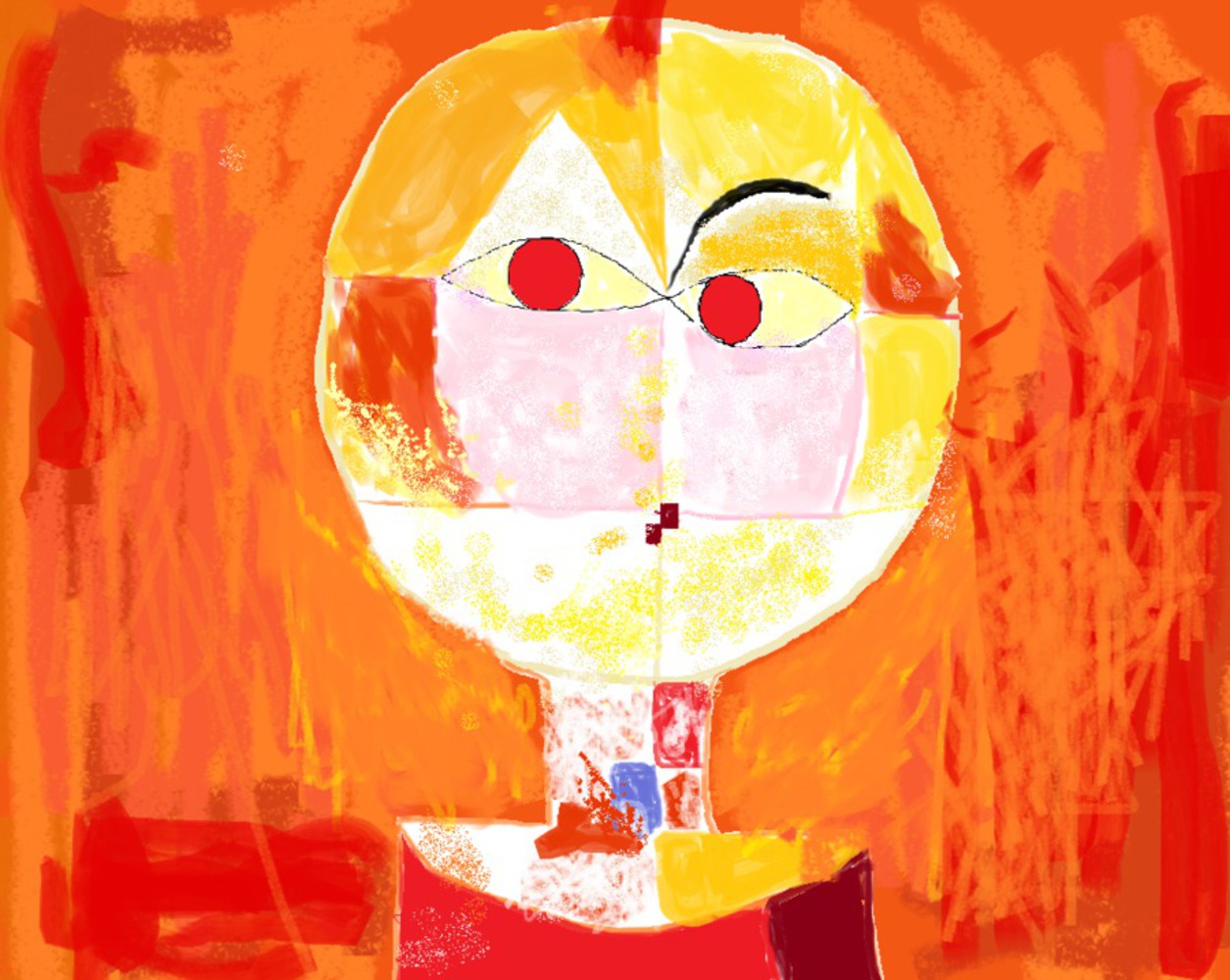Paul Klee
- German artist
- December 18, 1879: Born in Münchenbuchsee, Switzerland
- 1898: started painting, later experimented with various styles and media; work influenced by Cubism of Pablo Picasso and Georges Braque & the abstract translucent color planes of Robert Delaunay
- 1914: visited Tunisia, where his sense of color was awakened
- 1915: stopped painting after a model; delved into abstract art, tookideas from poetry, music, literature, personal imagination and thoughts about his surrounding world; used titles to set up the perspective from which he wants his works to be seen
- 1920: Klee was invited to join the faculty of the Bauhaus, a former art school in Germany; he produced 10,000 works, reflecting his courses as well as his preoccupation with the relationship of colors
- painted Static-Dynamic Gradation, Ventriloquist and Crier in the Moor in 1923, which became iconic of his style
- 1931 to December 1933: Klee taught at the Academy of Fine Art in Düsseldorf
- 1933: Nation Socialists called his artwork "degenerate", Klee returned to Bern
- more somber art work as a result of personal strifes and the worsening political situation in Europe
- lines become black bars, forms become broad and generalize, scale larger, and simpler colors; i.e. Comedians' Handbill
Sources (Please don't factor into the word count):
http://www.metmuseum.org/toah/hd/klee/hd_klee.htm


